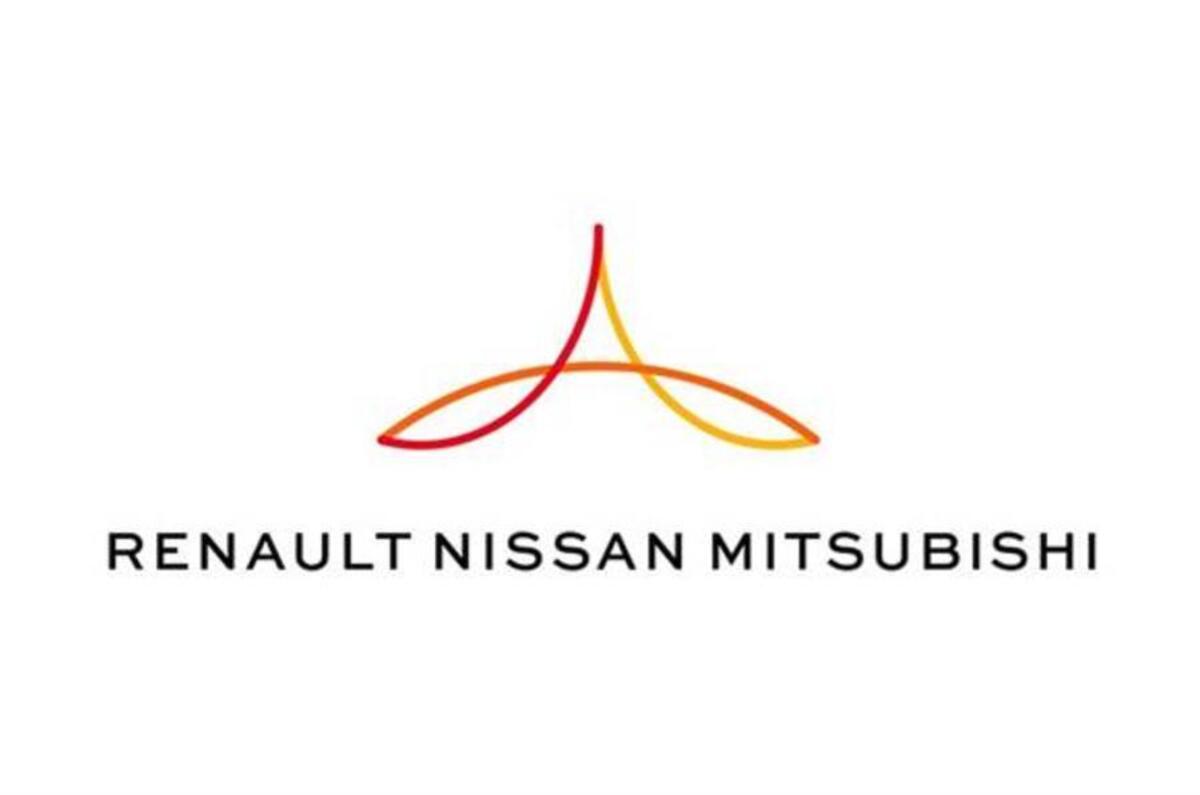Renault, Nissan and Mitsubishi have reaffirmed their commitment to their automotive Alliance, with the adoption of a new business model that will involve a massive increase in platform, technology and production sharing.
The future of the Renault-Nissan-Mitsubishi Alliance had been in doubt after the arrest in Japan of former chairman Carlos Ghosn, the driving force behind the initiative. But after agreeing to maintain the Alliance in January, the three firms have now agreed a new deal.
Alliance chairman Jean-Dominique Senard said the new deal will greatly enhance the cooperation between the three firms and claimed that it will cut the costs of developing new models by up to 40%.
The Alliance members have agreed a new ‘leader-follower’ scheme that they say will greatly enhance efficiency through a substantial increase in shared production and development. Each will become the lead ‘reference’ brand in key regions and of key technologies.
Under the new deal, Renault will become the lead brand in Europe and will spearhead development of the next-generation B-segment SUV. Nissan will become the lead firm in Japan, North America and China and will develop the next-generation Nissan Qashqai-based C-segment SUV, which is due in 2025.
The new deal goes beyond platform sharing and will include the “upper bodies” of vehicles, with the production of models grouped together where possible. As recently reported, that is likely to involve Renault SUVs being built at the Nissan plant in Sunderland in the future.
“We will focus on efficiency and competitiveness, rather than volume,” said Senard. “The new framework will allow each Alliance member to enhance its core capabilities and benefit from the capabilities of the other firms. The aim is to increase the profitability and competitiveness.
“The leader-follow model isn't about being a leader against each other; it’s about each Alliance firm becoming a leader in the automotive industry.”
Senard insisted that the new agreement showcased the strength of the Alliance. He added: “There is no doubt about how this scheme will work in the future. If there have been doubts in the market, there are no doubts today.”
Renault to lead Alliance focus in Europe
Under the new agreement, each of the three firms will focus on key regions based on their existing market reach, with Renault taking the lead in Europe along with Russia, South America and North Africa.









Join the debate
Add your comment
I would love to comment
but I rather suggest folks check the concise 2020 Alliance overview provided by Nissan & Renault. The result: less opinions, more hard facts
nimmler
Perhaps because if it weren't for the merger, Nissan would no longer exist.
legohead that is fake news
Nissan was completely fine before the alliance, stop spreading the tired myth that Nissan was on the verge of bankruptcy before the merger
WHY? Nissan should CUT off this pointless alliance,rant incoming
Why has Nissan management in Japan allowed renault to leach off them? Nissan wanting to be more cosmopolitan and western put useless token foreigner carlos ghosn in charge who was behind the Nissan/renault merger, this diluted Nissan using creative accounting to bail out failing Renault and pocketing some money on the side. No surprise he is now a Criminal fugitive with an arrest warrant for him by the Japanese government for massive tax fraud.. I understand allowing a partnership would be beneficial Nissan/Mitsubishi to get access to the lucrative chinese market because of the ccps racist trade practices virtually bans all Japanese branded cars but they can sell nissans, datsuns re-badged as Renaults. But is access to the chicom market worth it at the cost of having a parasitic partnership? The entire point of partnerships is that its equal so why does Nissan harm itself carrying a huge liability with minimal benefit. It feels like Nissan is doing ALL of the heavy lifting in this alliance, Nissan sales are good globally yet Renault are non existent outside of france and china and are currently begging the french government for a bailout. My main point is that a successful Japanese car companies should stick to what they know much like the Toyota model: homogeneous upper management, minimal alliances and not trying to be edgy and progressive having token western ceos in charge who will destroy the company.